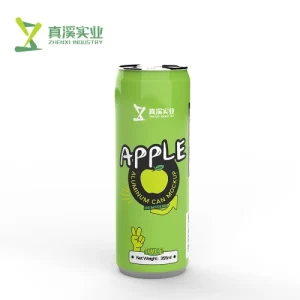Introduction to Aluminum Can Recycling
Recycling aluminum cans is a robust industry, crucial for both environmental sustainability and economic vitality. In the United States, recycling aluminum saves over 90% of the energy required to produce new aluminum from raw materials. Annually, Americans recycle roughly 50 billion aluminum cans, yet this represents only a 49.4% recycling rate.
Curbside and Drop-Off Programs
Many local governments and private companies offer curbside recycling services, where consumers can place their aluminum cans in designated bins for weekly collection. These programs often support the recycling of various materials and are crucial in sustaining high recycling rates. Drop-off centers provide another option, allowing people to bring cans and other recyclables to centralized locations, usually managed by local waste authorities or private recyclers.
The Recycling Process: From Can to New Product
Once collected, aluminum cans undergo several processing steps. They are initially sorted and cleaned to remove any contaminants. The clean cans are then melted in large furnaces, a process that transforms them back into molten aluminum. This recycled aluminum is poured into molds to create ingots, which can be rolled into sheets and used for manufacturing new cans or other aluminum products. The entire cycle from recycling to returning as a new can takes less than 60 days.
Economic Impact and Job Creation
Recycling aluminum cans not only conserves energy but also significantly impacts the economy. The aluminum recycling industry supports thousands of jobs, from collection and sorting to processing and manufacturing. In 2019, the industry contributed over $1 billion to the U.S. economy, underscoring its role in job creation and economic development.

Encouraging Consumer Participation
Educational campaigns play a pivotal role in boosting consumer participation in aluminum can recycling. Local governments and environmental groups emphasize the importance of recycling through school programs, advertisements, and community events. Incentives such as the bottle deposit systems in states like Michigan and California, where consumers receive money back for each can returned, significantly increase recycling rates.
Challenges and Technological Advances
Despite the success of recycling programs, challenges remain. Contamination of recycling streams and fluctuating market prices for aluminum can hinder the recycling process. However, technological advances are continuously improving sorting and processing techniques, making the recycling of aluminum cans more efficient and cost-effective.
Looking Ahead: Innovations in Recycling
Future innovations in recycling technologies and strategies could further enhance the sustainability of aluminum can recycling. Research into better sorting technologies and more efficient melting processes promises to keep aluminum recycling both economically viable and environmentally essential.
Engage with Your Local Programs
Understanding your local recycling options is crucial. Most communities have specific guidelines and programs for recycling aluminum cans efficiently. Engaging with these programs not only contributes to environmental conservation but also supports your local economy. Get involved, understand the process, and make a difference with each can you recycle.